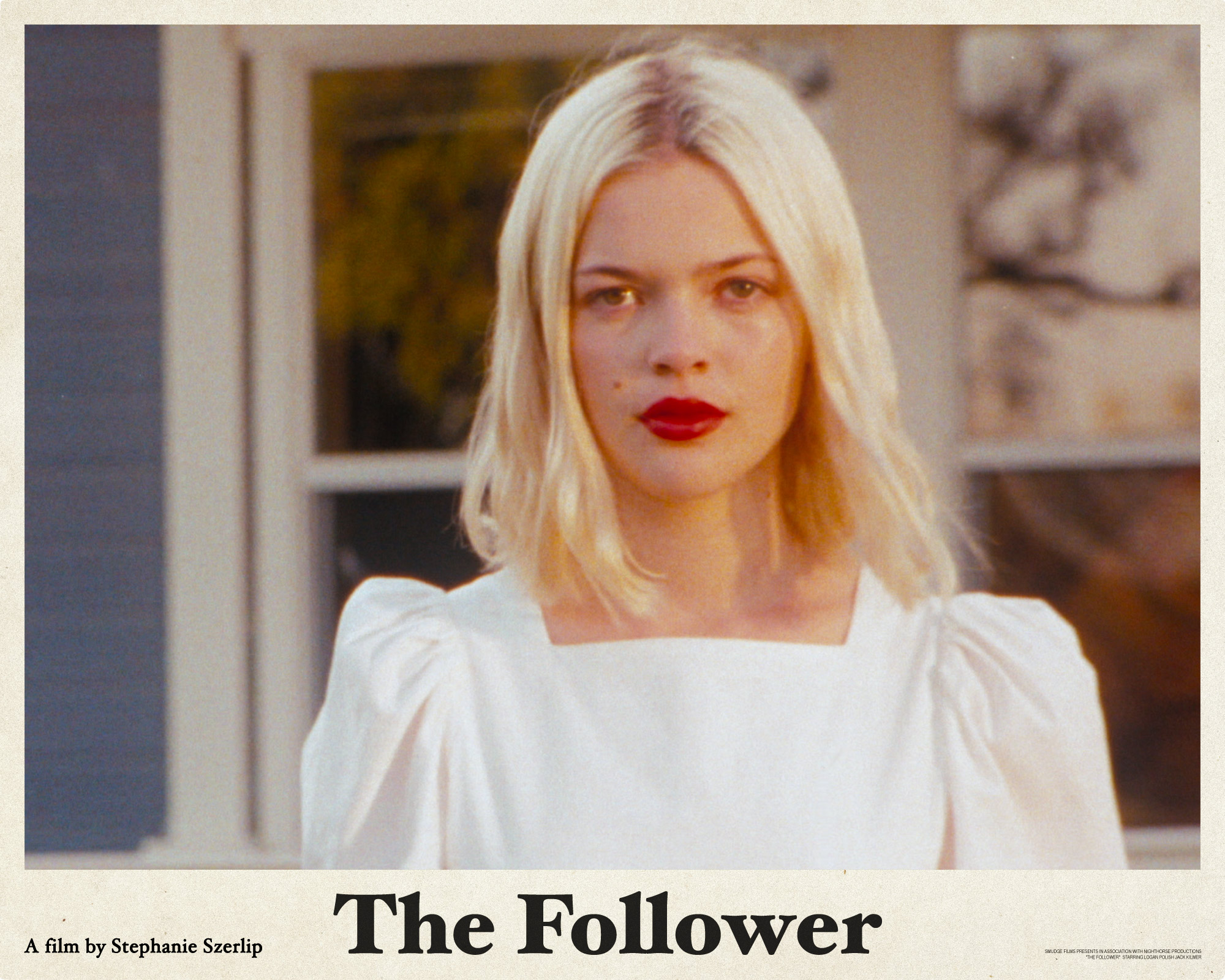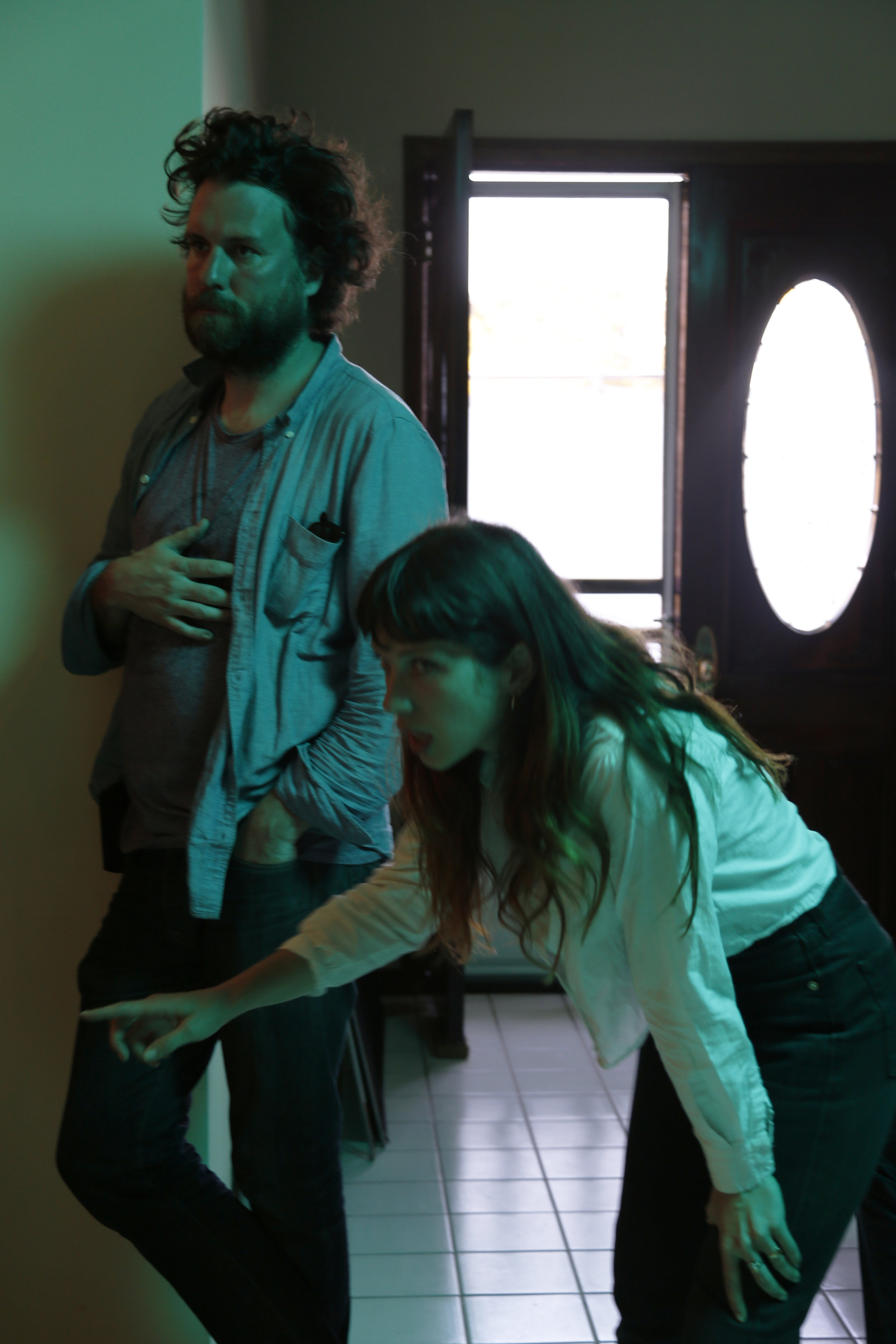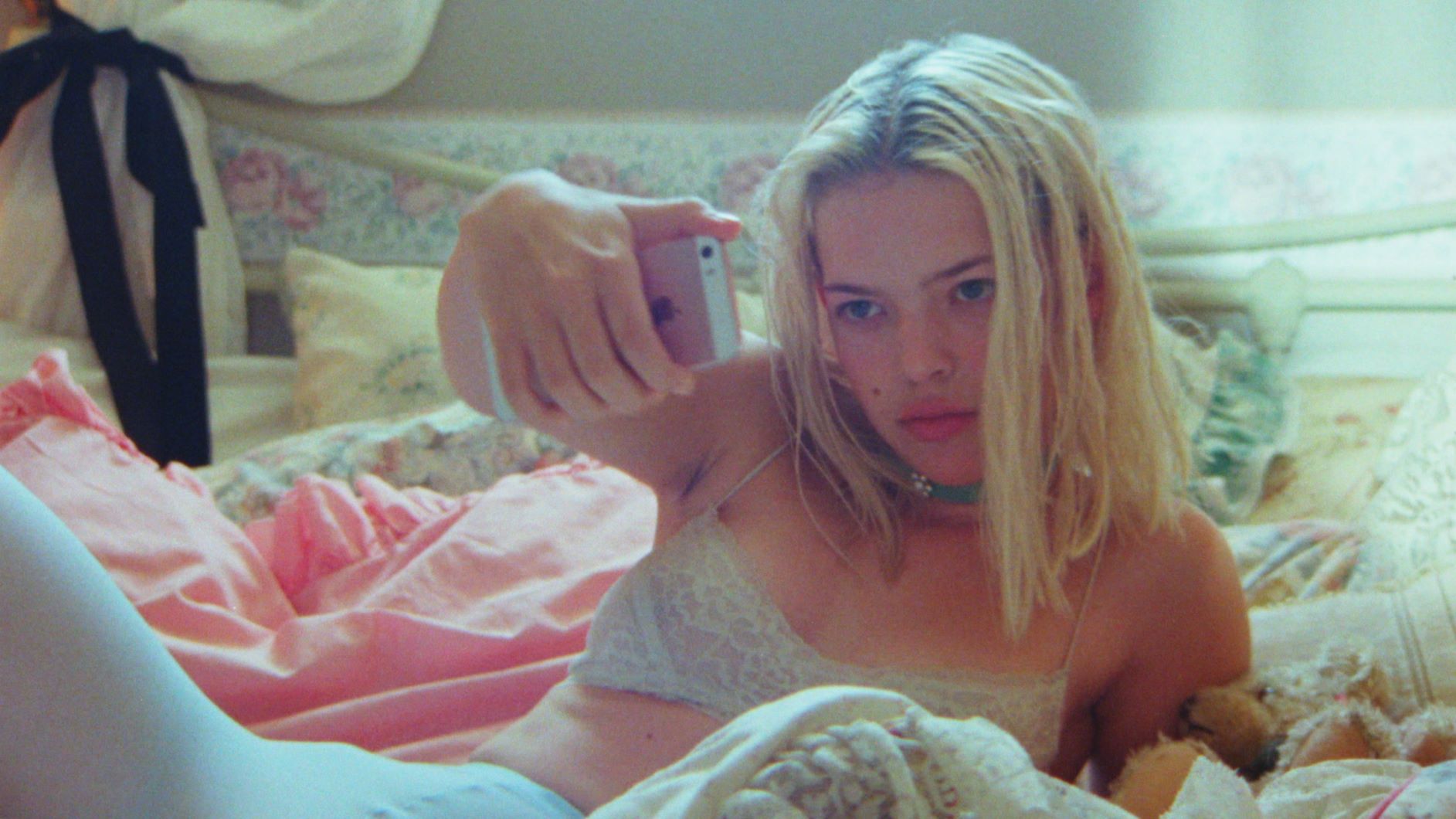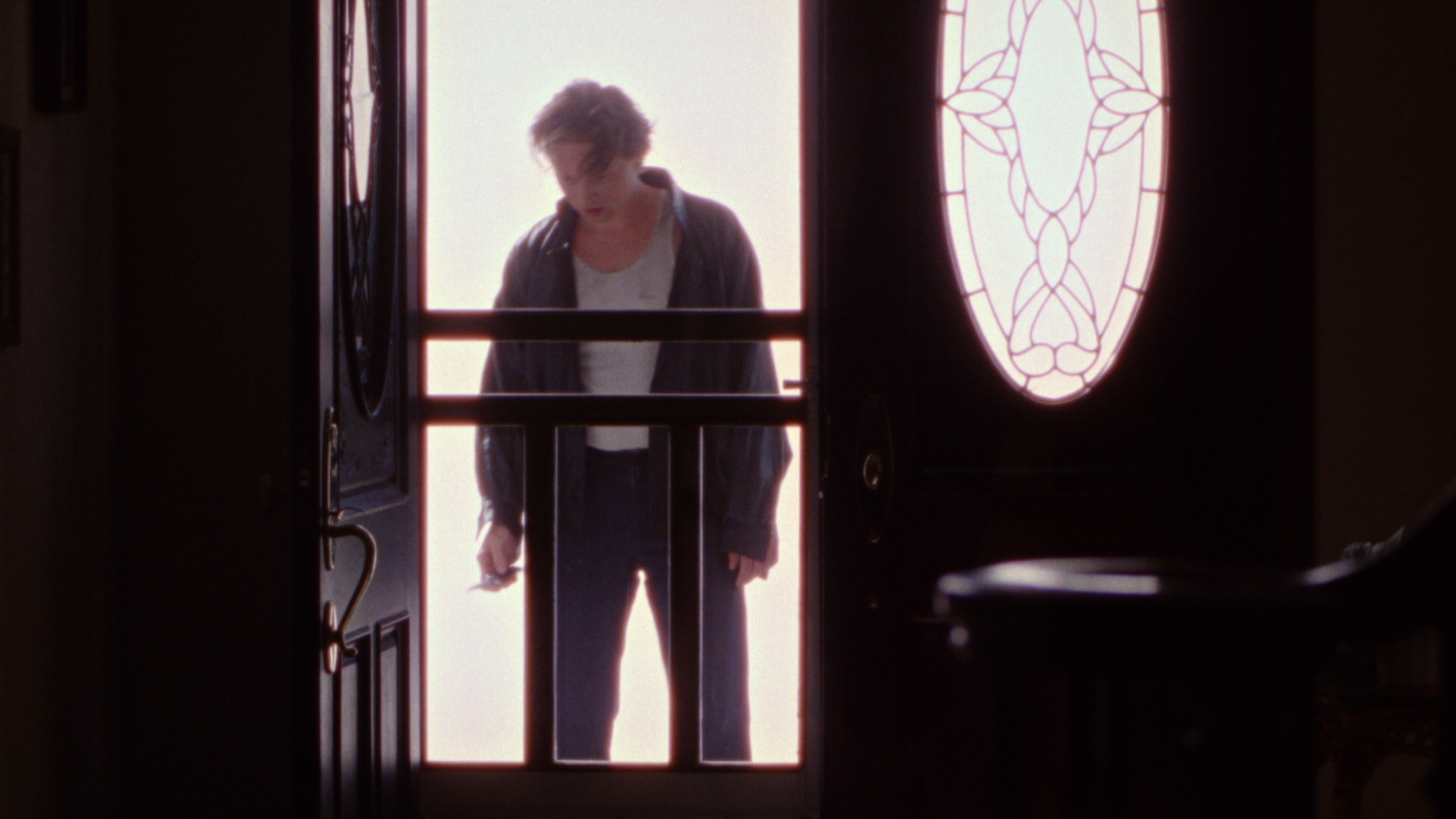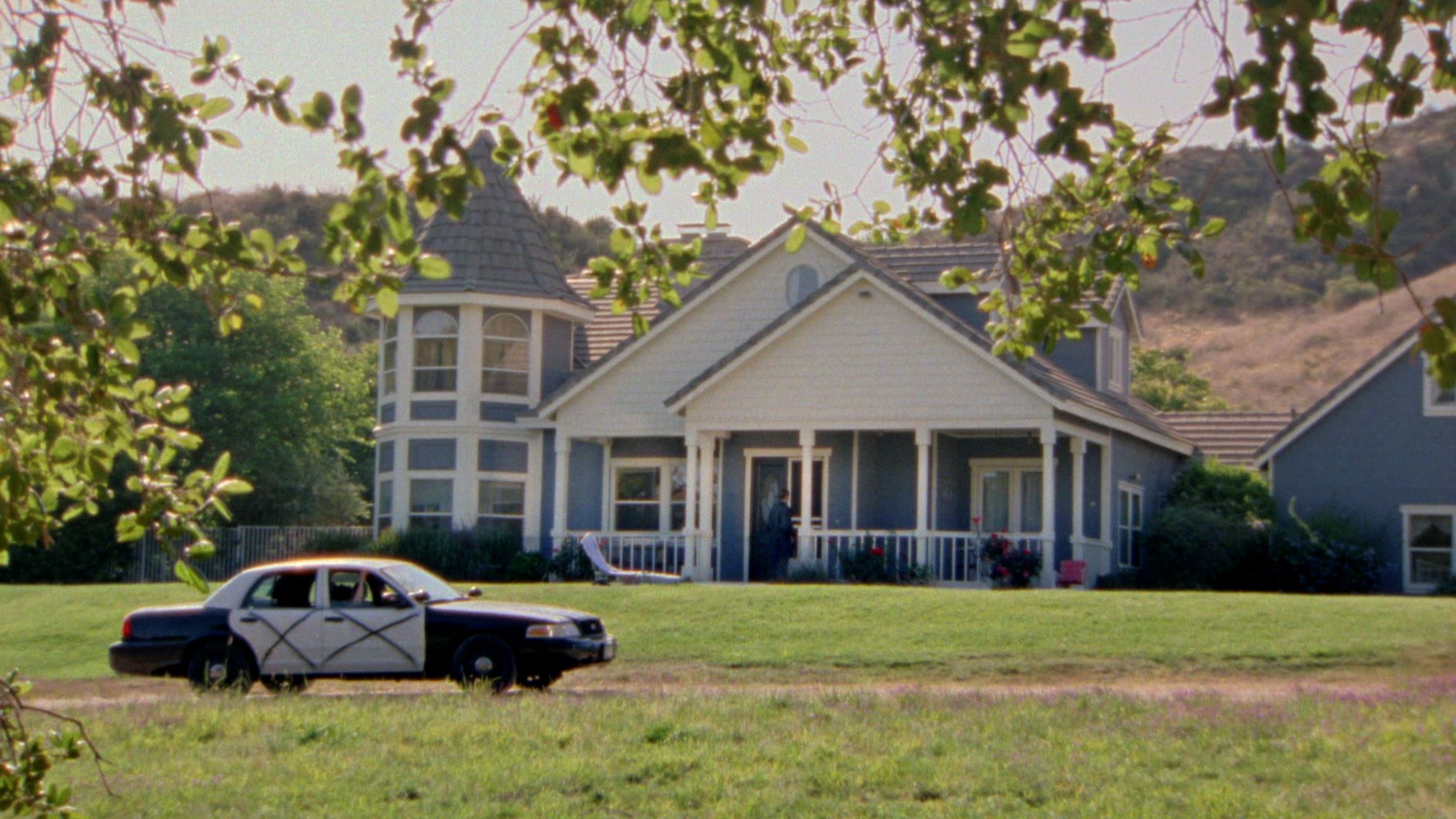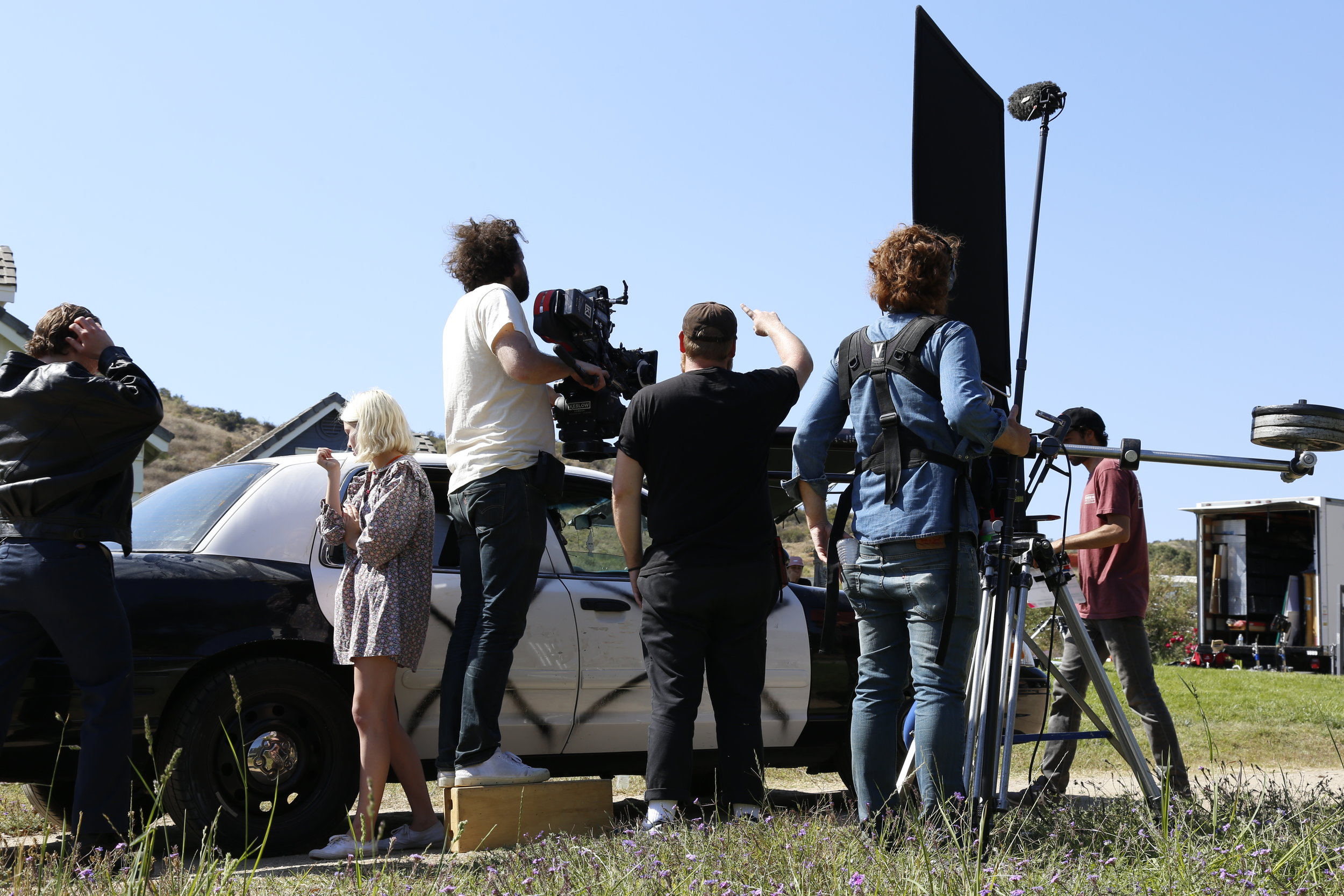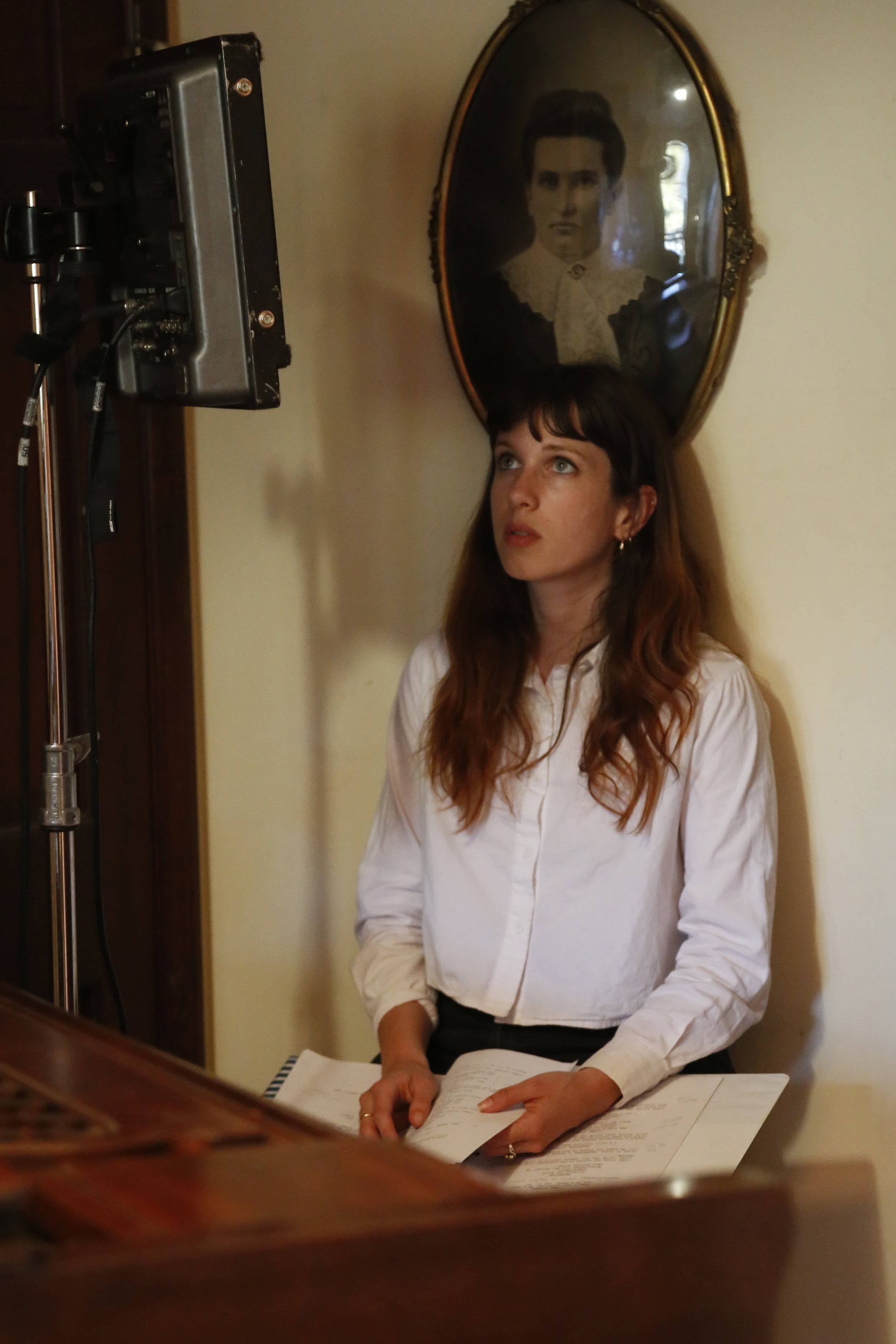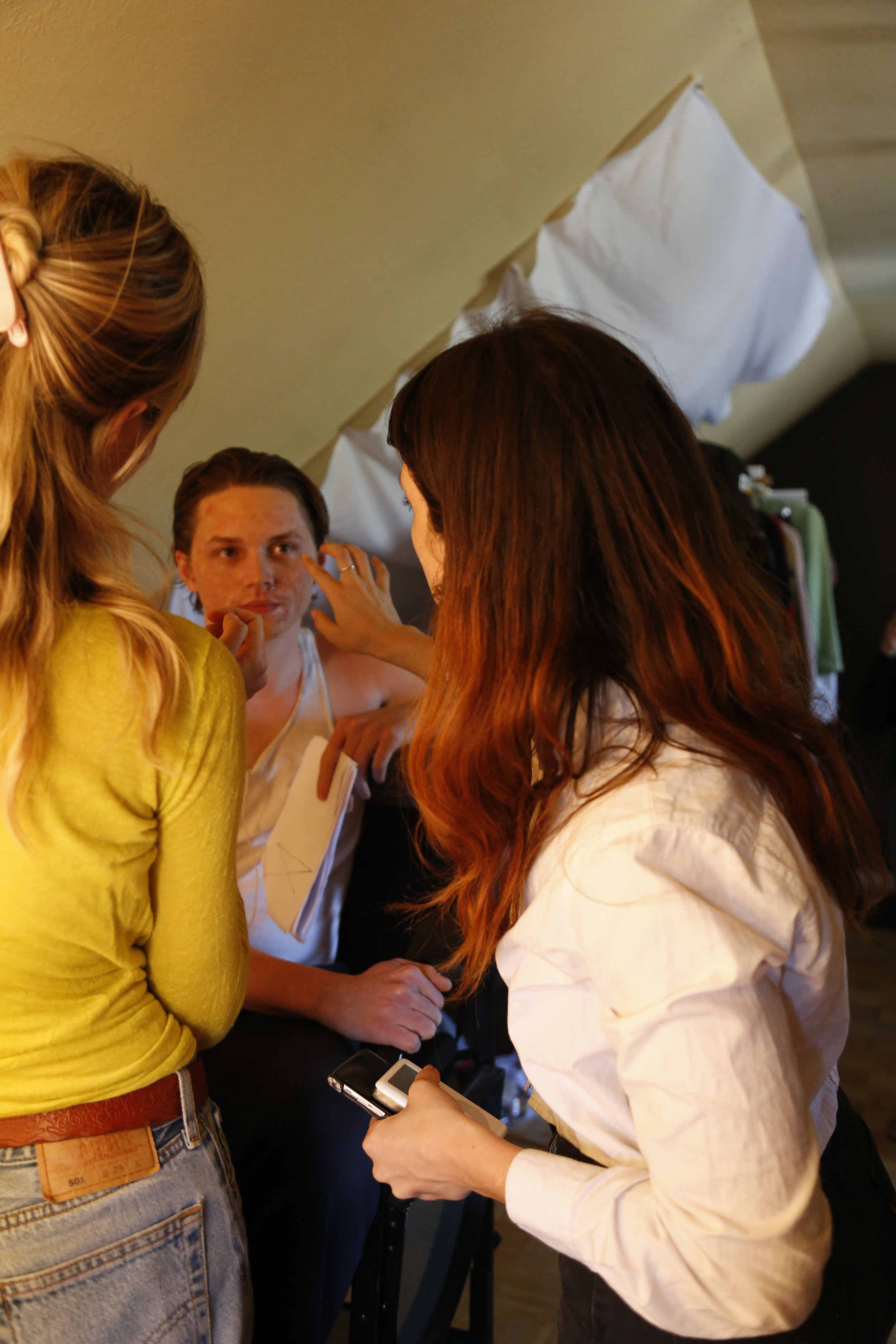OCFF Narrative Shorts | A Look at the Follower with Director Stephanie Szerlip
A look back over the narrative shorts that screened last weekend at the Oak Cliff Film Festival, with a special feature on L.A. director Stephanie Szerlip's, The Follower, a short film based on the 1966 Joyce Carol Oates short story, "Where Are You Going, Where Have You Been?”
Brittany Griffiths | 18 June 2019
Over last weekend, filmmakers and film enthusiasts from across the country gathered for four days in the west Dallas neighborhood of Oak Cliff to attend the 8th annual Oak Cliff Film Festival. While the festival’s central location, Texas Theatre, served as home to many of the feature films on the festival’s docket, several auxiliary venues around Oak Cliff also played host to a variety of screenings throughout the weekend. From bookstore bar The Wild Detectives and the Bishop Arts Theatre Center to the Oak Cliff Cultural Center and the historic El Sibil (former home and studio of impressionist painter, Frank Reaugh, 1860—1945), each venue provided viewers an opportunity to enjoy a variety of film-going experiences.
While OCFF had no shortage of captivating films, especially standout feature films like The Farewell, Greener Grass, and Daniel Isn’t Real, one of the most impressive segments of the festival was the narrative shorts block on Saturday afternoon at the Bishop Arts Theatre Center. Spanning 81 minutes and presented to a packed house, the distinctly curated program consisted of seven independent films straddling an array of genres, each with its own unique appeal. The line-up of narrative shorts included (in order of appearance): Hannahs (dir. India Donaldson), Clams Casino (dir. Pam Nasr), Something Like Loneliness (dir. Seth and Ben Epstein), Lockdown (dir. Celine Held + Logan George), Rehearsal (dir. Courtney Hope Thérond), The Follower (dir. Stephanie Szerlip), and Old Haunt (dir. Andre Hyland). Though the films bore no resemblance to one another in visual style, genre, or narrative substance, the thoughtful arrangement of each short in the set was conducive to creating a series of light lifts, or cessations, within the block by positioning the films endowed with stronger comedic elements in between those that carried a more serious tone. The most noticeable benefit of this approach being that it allowed time for viewers to reset in transition and created space to engage with the shorts individually, without the risk of each film's thematic components blending together. Yet, this was only part of what made the narrative short block so strong; overall, it was the quality and originality of the films which made such a lasting impression.
Of these films, one in particular was substantially impactful — The Follower. Written and directed by Stephanie Szerlip, The Follower is based on the Joyce Carol Oates short story, “Where Are You Going, Where Have You Been?” (1966), and it presents an age-old, cautionary tale of the dangers surrounding the youthful unawareness of sexual self-discovery. The film centers on a willful teenage girl (played by Logan Polish) who, like many young women, is forced to deal with the unintended consequences of expressing her sexuality in the public realm. “It’s kind of like a fairytale, a simple story that can be told over and over again,” says Stephanie. “I feel like when she [Joyce Carol Oates] wrote it in the 60s it might have been more specific to a certain population… but now, I felt like bringing it into a more modern, contemporary context — this kind of interaction that we have with people that is so randomized, where we’re invited to talk to strangers and indirection is more prevalent.” In Oates’ story, the initial interaction between the young girl and her would-be attacker happens out front of a popular burger joint in town, but in Szerlip’s film, it’s through social media — specifically Instagram. She notes that the film is not a critique on social media, but rather acts as a conceived thought experiment of how that conflict posed by Oates’ in her story might take place in present day. “It’s kind of a coming-of-age story in a way too." says Stephanie. "The sheltered environment of the suburbs, living in your parent’s house. You don’t really have access to the outside world at that level. And so I kind of wanted to use social media as a way for her to imagine what this outside world was like and how she wanted to engage with it. But it’s a false sense of reality at that point in your life because you don’t really know.”
The film was shot on location an hour outside of L.A. in Santa Clarita, California, and was chosen for the purpose of depicting a sort of nowhere/anywhere suburban look in order to reinforce the idea that the story is not only relevant to contemporary life, but is one that can be told across time. In the film, a young man, of indeterminate age, accosts Logan Polish’s character on the front lawn of her parent’s house while they are away for the day at a barbeque. After following her on social media, the young man (Jack Kilmer) makes a dangerous advance by showing up at her house, aggressively “inviting” her to go for a ride with him and his friend. At first, she isn’t sure what to make of the situation and engages with him, half intrigued and wanting for attention and half weary of what will happen if she doesn’t. As the film progresses, the tension between them escalates when she begins to realize that the precarious situation she is in is leading somewhere she doesn’t want it to. “This was something that was kind of a hard tone to strike,” says Stephanie about what she describes as a cat-and-mouse type of chase. “They kind of had to shift the balance of power from one person to the other — if he was too aggressive, she wouldn’t engage or if she was too powerful, he wouldn’t have as much of an impact. So they kind of always had to be shifting in that dynamic. I made it where he was always feeding her little bread crumbs that would keep her engaged or at least questioning herself as to whether he was threatening. Which is exactly the nuance of that type of situation. There doesn’t always have to be an explicit physical threat. That’s not what’s at the center of the conflict.”
The Follower does a marvelous job of pinpointing that shifting level of complexity and illuminating the psychological manipulation that can occur when a man is trying to exert power over a woman. The film also plays on the all too common misconception that any woman who overtly expresses her sexuality is simultaneously inviting others to treat them as a sexualized object. The aptly crafted tagline for the film – He followed her. She liked it. – acts as an agent for the delusional myth that women who find themselves faced with a sexual aggressor have merely brought it upon themselves, “kind of asserting that she liked it, or that she was asking for it,” says Stephanie who chose the tagline for that very reason. “I do think that the story is a women’s issue kind of topic, and I hope that does come across to most people.” The Follower’s strength lies not only in the well-scripted and timely narrative of the story, but in its ability to draw the audience in immediately, hold their attention, and then resolve the conflict within the span of 12 minutes. This is hardly a small feat to accomplish, and it gives credence to Stephanie’s skill as a filmmaker evident in her ability to transform a vision from script to screen. “That was actually the biggest challenge of working with a short film is getting everything to happen and getting you to care about the characters in such a short time, and that’s kind of why I chose that story that is like a fairy tale and already has this full arc that is very simple. I wanted to start with that but have it be something that speaks to metaphor a little bit more because then it can lift off the page more, and you don’t have to be as plot driven. You can use that simple structure to talk about issues you care about but maybe more abstractly.” Moreover, The Follower succeeds in using the art of film to elucidate the challenges young women face as they step out into a world that does not always have their best interests or cares in mind, and brings that fact into conversation in a compelling manner.
The Follower premiered at the Maryland Film Festival in Baltimore (May 8th-12th) before heading to the Oak Cliff Film Festival for a screening last Saturday. The film also traveled to Chicago’s Cinepapocalypse for its third screening during the First Short Film Block: Shadows Within at the Music Box Theatre just this past weekend. You can follow Stephanie Szerlip and keep up with the progress of her film The Follower as it makes its way through the film festival circuit at the links below.
photos courtesy of Stephanie Szerlip
Connect With Stephanie Szerlip
Brittany Griffiths is a writer from Dallas, Texas. She is the founder and editor of Spontaneous Afflatus, an independent publishing house that specializes in poetry and short story collections, and she is also the editor of Wavelength Magazine. Her debut collection of poetry titled, Ebb & Flow, was released in 2018. She currently works as the publishing specialist for Mavs Open Press at the University of Texas at Arlington libraries.
Connect with Brittany:


